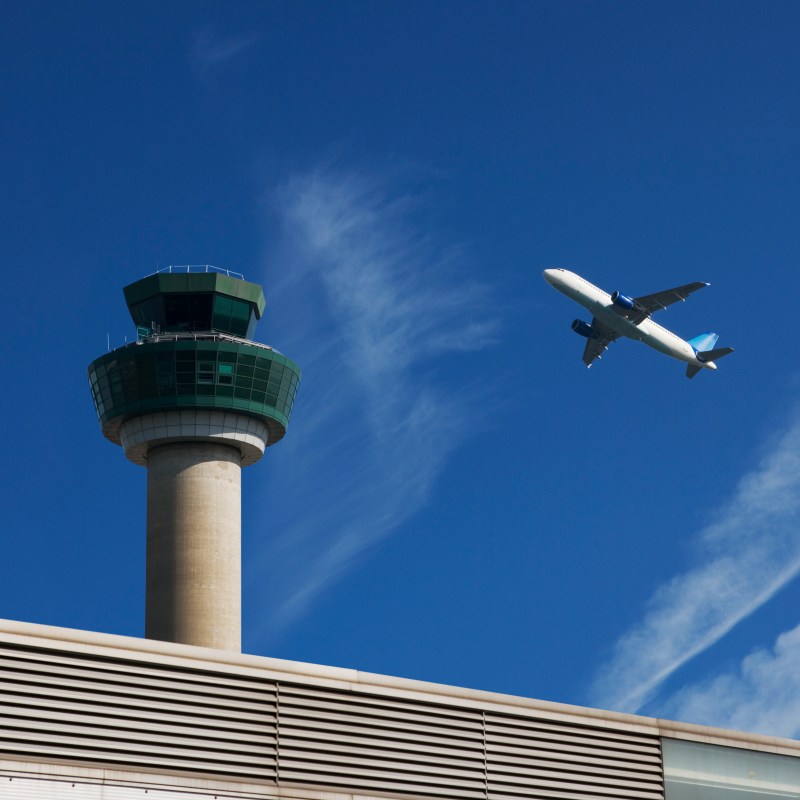
I first heard about the Delta flight flipping over on the Toronto runway on February 17, 2025, while on my way to the airport.
Videos by TravelAwaits
And I first saw the footage shortly after taking my seat on a Delta flight for service between Saint Louis, Missouri, and Atlanta. To make the poor timing worse, it was a snowy morning.
To put it lightly, it was not my favorite airplane moment. I put my phone in airplane mode, tightened my seatbelt, pretended to read a celebrity gossip magazine, and waited for take off.
My short flight was without incident. Still, I couldn’t help but replay the video of the overturned Delta flight in my head.
The non-fatal incident of one of three highly reported plane incidents in January and February 2025. In quick succession, a commercial jet collided with a military helicopter in DC, followed by a medical transport plane that crashed in Northeast Philadelphia… and a fatal crash in Alaska in early February.
And that’s not counting other smaller incidents.
Here’s the catch about all that bad aviation press: according to data from the National Transportation Safety Board (NTSB), the agency responsible for investigating civil transportation accidents, January and February 2025 weren’t one for the books.
In fact, the number of crashes and incidents was par for the course.
Tracking plane accidents
The NTSB reports on all plane crashes in the United States, along with other incidents like bridge failures, ship and marine accidents, and even pipeline incidents. The purpose of the NTSB is to report and investigate all crashes with the goal of making transportation safer by improving regulations and practices.
From the outside looking in, you’d probably think it’s been a crazy year for the NTSB.
In reality, the number of air accidents is still down in 2025 from previous years. In fact, the NTSB reported 52 air accidents in January 2025, which was down from the numbers reported in 2024 (58 air accidents) and 2023 (70 air accidents).
But I’d hate to be obtuse about the accidents that have occurred so far in 2025. Though the number of incidents is down statistically, this year’s plane crashes have been high-profile due to the severity of the crashes. Though fewer, they’ve been more deadly.
How has 2025 been different?
Let’s recap: though the NTSB isn’t fielding a significantly higher number of plane incidents (in fact, numbers are down from previous years), the crashes that have occurred so far in 2025 have been severe.
The DC plane crash killed 67 passengers and staff, which makes it the most fatal crash since 2009.
That being said, I think there’s a third factor to consider here. Recent layoffs at the Federal Aviation Authority (FAA) have led to a spade of news stories covering the potential consequences of tightening the belt of an organization responsible for air traffic controls and air traffic safety. Others have raised concerns over the functionality of air traffic control technology.
Amid mass layoffs, most major news sources are covering this year’s spade of fatal incidents from a political angle.
But who wants to worry about politics when it’s (finally) time for a vacation?
Should travelers be worried?
According to MIT Sloan School of Management’s professor of statistics, Arnold Barnett, the chances of dying on a flight are about one in 100 million for American flyers. Plane travel remains safer than car travel and train travel, too.
If you have travel plans to fly in the coming months, board your plane knowing that flying is still statistically safer than it has ever been in the past.
